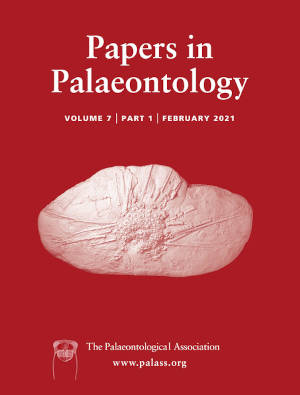Reg. Charity No. 1168330

As a large majority of modern green algae are freshwater rather than marine, it can be hypothesized that algae were an important component of early terrestrial environments. However, this component remains overlooked as algal affinities are difficult to decipher, due to the lack of distinctive characters observable in standard light microscopy. Herein, we use a new approach to studying microfossils from the Devonian (407 Ma) Rhynie cherts, renowned as one of the earliest exceptionally preserved terrestrial ecosystem. Using data from confocal laser scanning microscopy, the microfossils were reconstructed in 3D allowing us to gather information on morphological and physiological traits. We document Triskelia scotlandica gen. et sp. nov., which is the resting stage of a new species of microalgae. Numerous individuals were discovered preserved inside the remains of a flooded plant aerial axis. They are shown to be spheroidal to ellipsoidal walled cells, with a pseudo-reticulate surface ornamentation and occasional large openings probably resulting from the germination process. We draw comparison with fossil and modern microorganisms demonstrating morphological convergences in wall ornament and physiological traits, especially with zygospores of modern Chlorophyta. Our description of Triskelia leads us to critically evaluate the Rhynie chert fossils Cymatiosphaera and Pterospermella. We conclude that it is unlikely that the Rhynie cherts contained prasinophycean algae of these types. We suggest that our microfossils are Chlorophyta (green algae) incertae sedis that were highly adapted to the special ecological conditions encountered in a geothermal wetland.